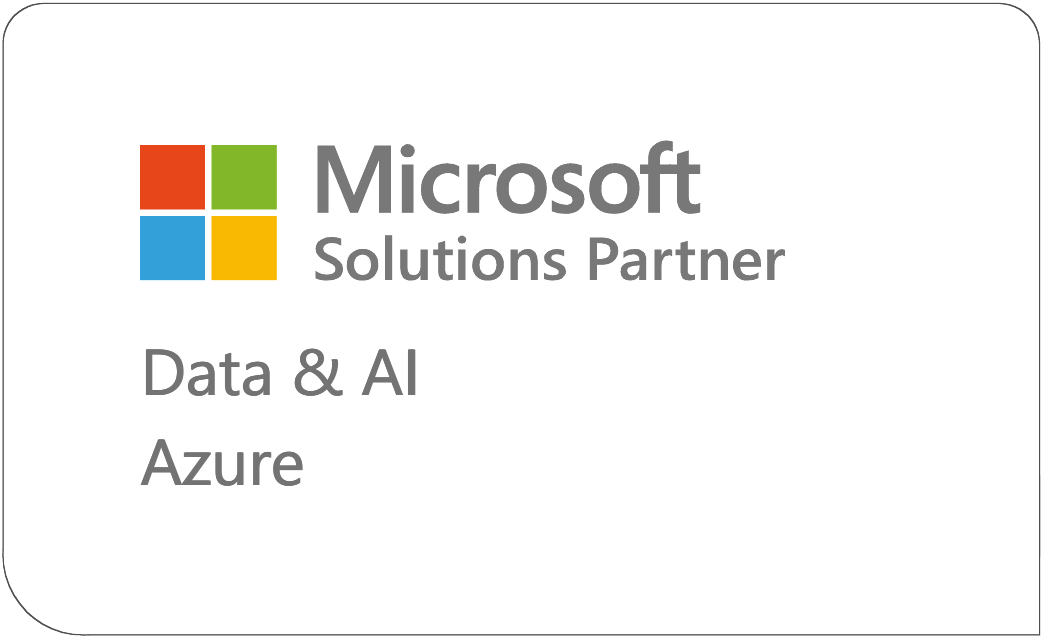You’ve probably heard the analogies: Data is the new engine, data is the new oil, data is the new currency for digital transformation to propel businesses past competitors. Yet, less than one-third of enterprises are actually data-driven.
For data to fuel digital transformation, it must be readily available, relevant, and high-quality. The problem is that most data governance methods simply exist, but they are ineffective. The challenge often starts at the top level, with the C-suite failing to recognize the value-creation and potential of data governance.
To truly capitalize on data-driven opportunities, those in data roles—including CDOs, data governance managers, and data stewards—need to empower as many people as possible across the organization with the right data that is fit for unique business use cases.
Data governance should be communicated in a way that resonates with people, so a shift from a risk management focus to a business value focus needs to happen.
What’s In It For Them?
There is no quick answer to “What’s in it for Them (WIIFT)” when it comes to getting the most business value out of your data governance efforts. The right answer depends on the business unit and enterprise needs.
One group may understand the actual business processes but lack technical skills to access the data they need to drive productivity. The WIIFT would be to find better, leaner, and cleaner data to help them find new insights, products, and services.
Clean, consistent, and well-governed data is more discoverable, making it easier for people to find useful insights. This means that business decisions will be based on the right data, ensuring greater trust and accuracy.
When teams are able to use data for business intelligence purposes, they’re able to improve operational efficiency and productivity in many areas. Such data allows for prime optimization and eliminates the risk of duplicated errors for users. Increased efficiency cuts cost and the reduction of data errors reduce the costs of labor associated with fixing these errors.
Teams also need quick and easy access to data they can trust. But how do you deliver data in a user-friendly manner and ensure that it’s clean, consistent, and can be trusted?
Power BI data modeling is a great place to start as you can build a model that honors WIIFT by making it flexible and adaptable for various business nuances and challenges. By creating a highly informative data model, you empower teams across the enterprise to drive efficiency, productivity, and the effective use of this data.
Is Data Aligned with The Purpose?
Not all data is equal. Some data require close governance and transformation to provide useful insights and value, while other data can have some inconsistencies and still be useful. At the end of the day, data needs to be “fit for purpose.”
For instance, data that is expected to be used to do your operational systems, financial statements, or critical management decisions should be pristine. This data needs to be tightly governed, controlled—and there needs to be standardization, repeatable processes, and stewardship around how that data is handled. This high bar may not apply to other use cases, such as some type of historical analysis.
Despite the advances and innovations that have been made in data analytics and machine learning in recent years, many enterprises aren’t utilizing these tools to make informed decisions because business leaders lack trust in them.
Much of the distrust comes from suspicions about the data. And while organizations have invested time and resources to build data governance and develop processes that allow C-level executives to trust the results, these processes have not been duplicated and applied on the big data sets, which creates a disconnect.
Most of the executives fail to understand how advanced analytics work, how different it is from basic analysis, and what value is in it. With integrated and governed data, organizations are able to think strategically about their data—and know where the data came from and where it’s going.
By ensuring people understand the data, gain access to it, and discover the connection it offers across the enterprise, data consumers ultimately increase their effectiveness and overall productivity.
Data lineage can be a roadmap to innovation and creative business models, as new relationships between critical data areas are discovered and understood. When data lineage is linked to the applications and systems that drive the organization, actionable insights are discovered to help drive business growth and profitability.
Accelerating Speed to Insights to Achieve Value
If managers, leadership, and frontline team members don’t have to wait around for the most recent insights, they are able to make more timely decisions, seize crucial opportunities, and serve customers and partners more effectively.
To achieve this level of effectiveness, organizations need to invest in solutions like Power BI and continually follow best practices to enable faster data analytics, consumption, integration, preparation, and processing.
“Faster” doesn’t yield the expected results if the data is not complete, accurate, or aligned with WIIT. It’s really about speed and agility. Data governance should be exploratory and iterative to achieve real business value.
___________________
Data governance is a critical and overlooked initiative to achieve business value through transformative opportunities. Anchor your data governance strategy around your organization’s business objectives, and always ensure data is accessible to allow individuals to make informed decisions.
Data governance shouldn’t only be focused on frameworks and policies but also on the way the organization works every day.




























